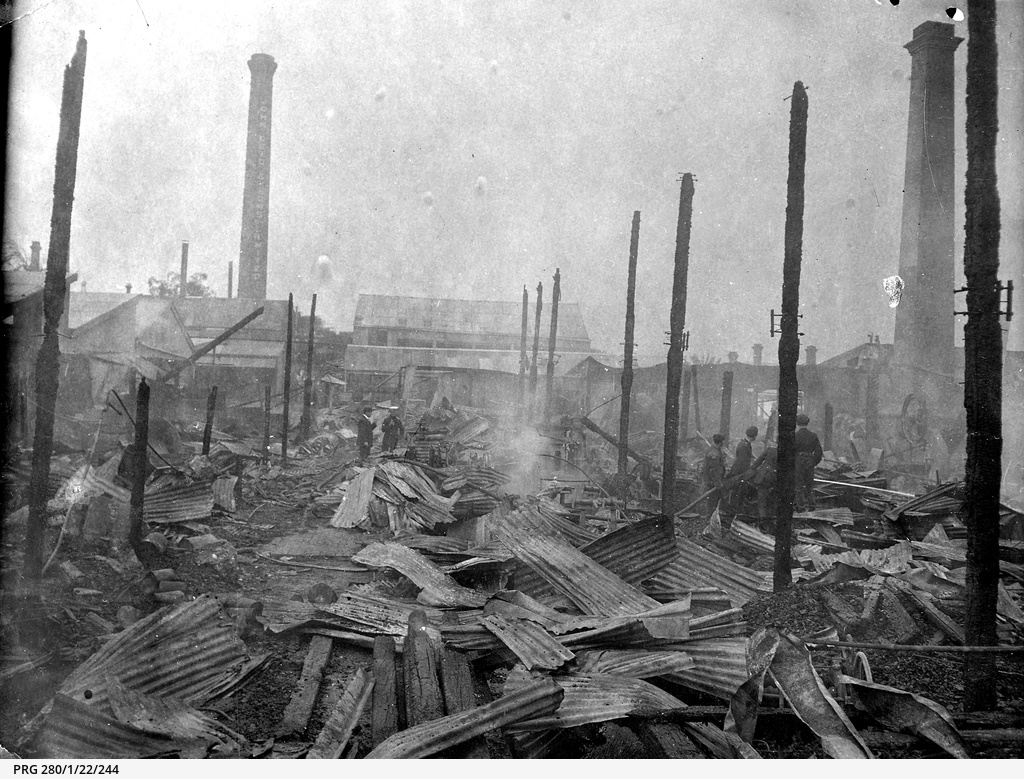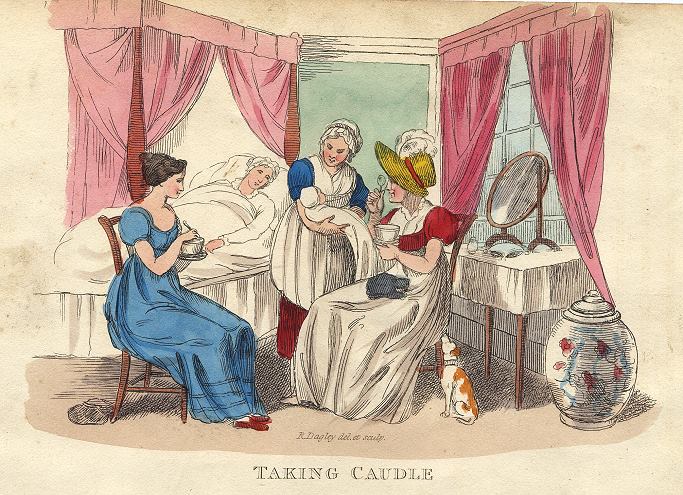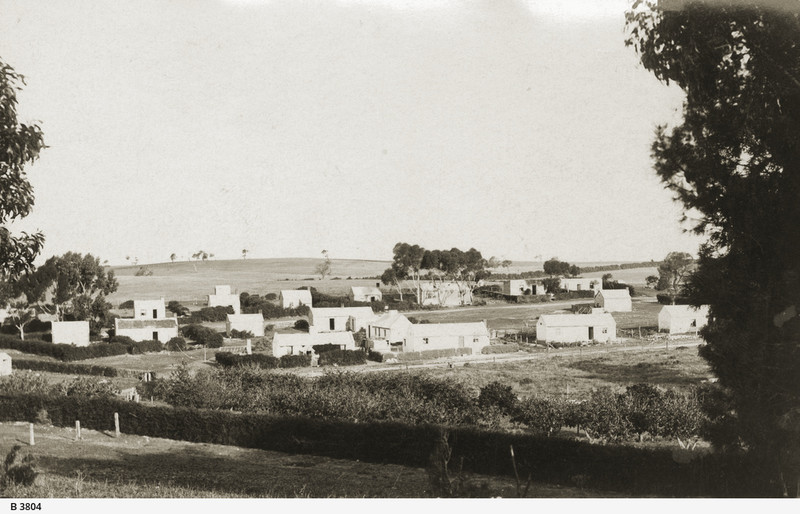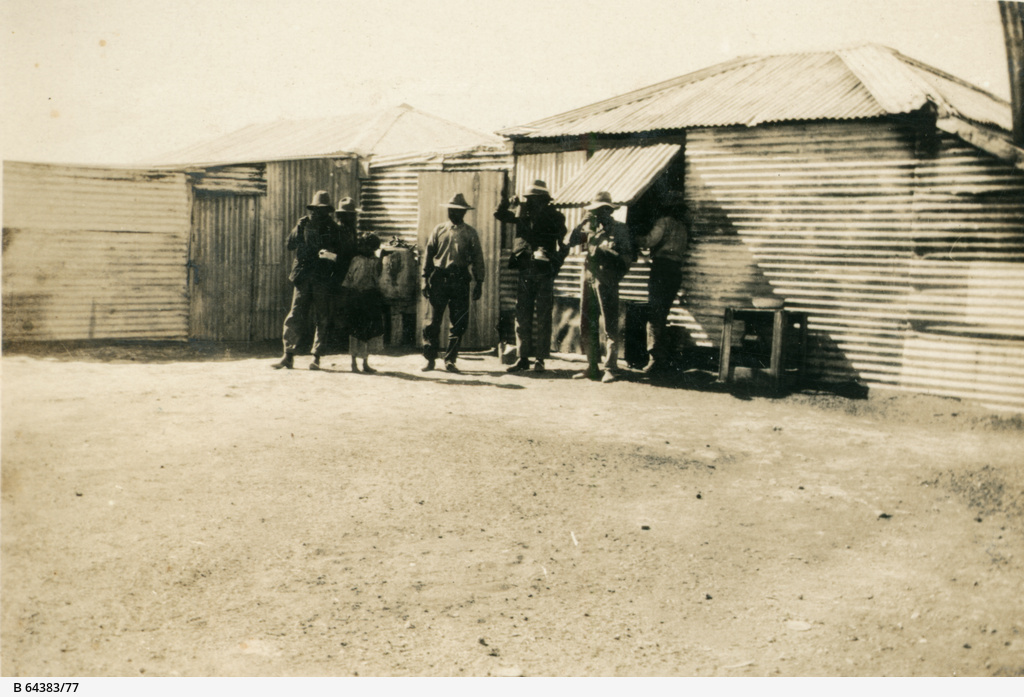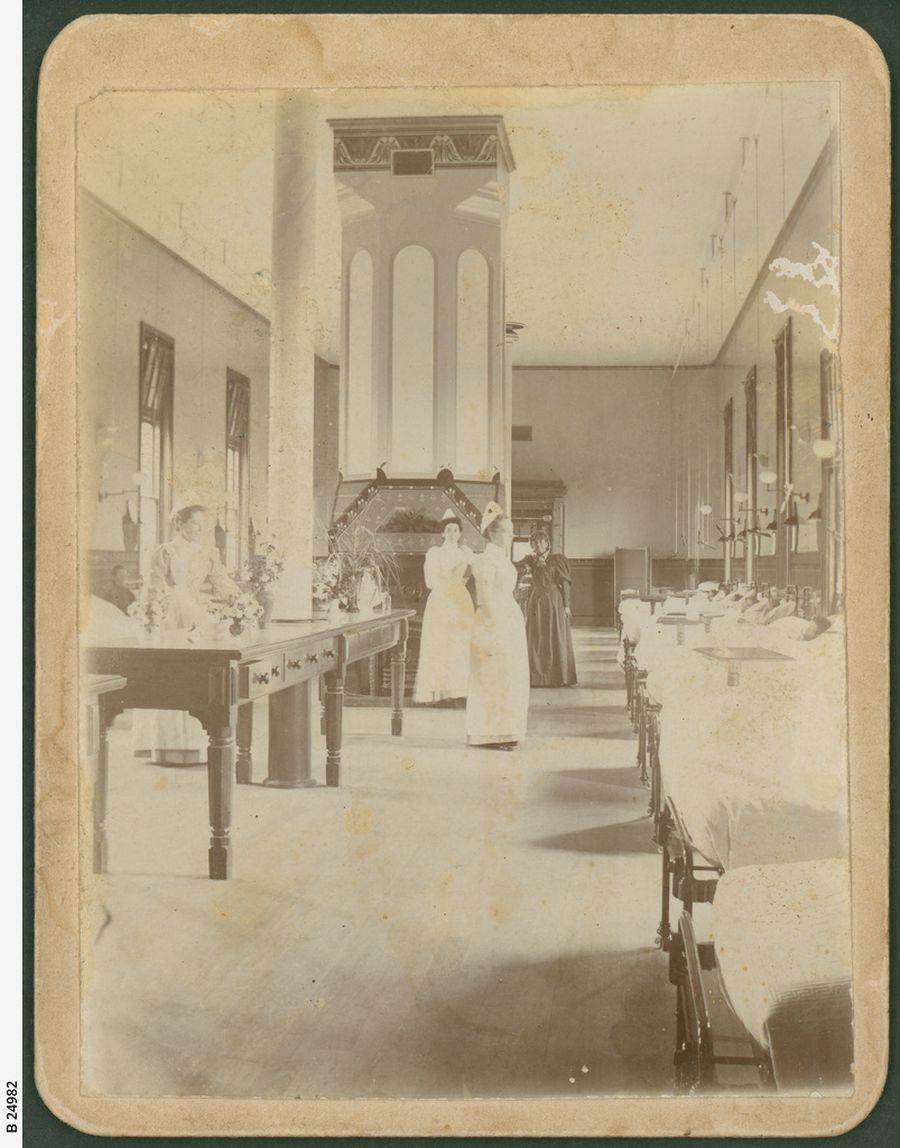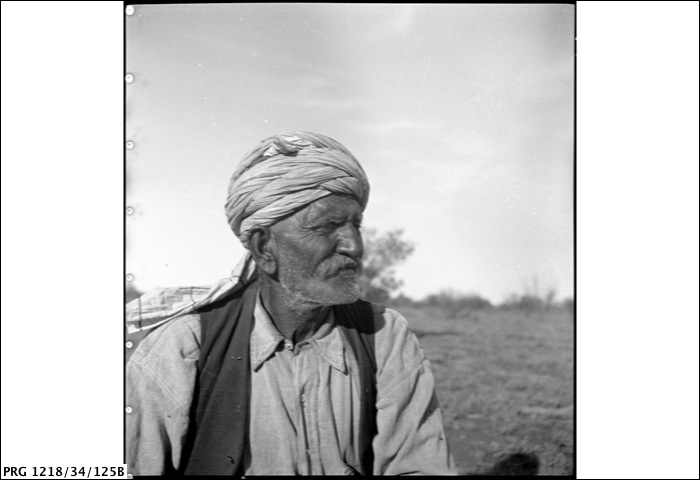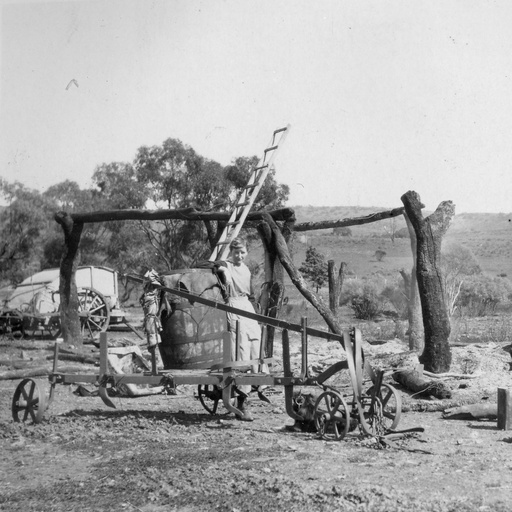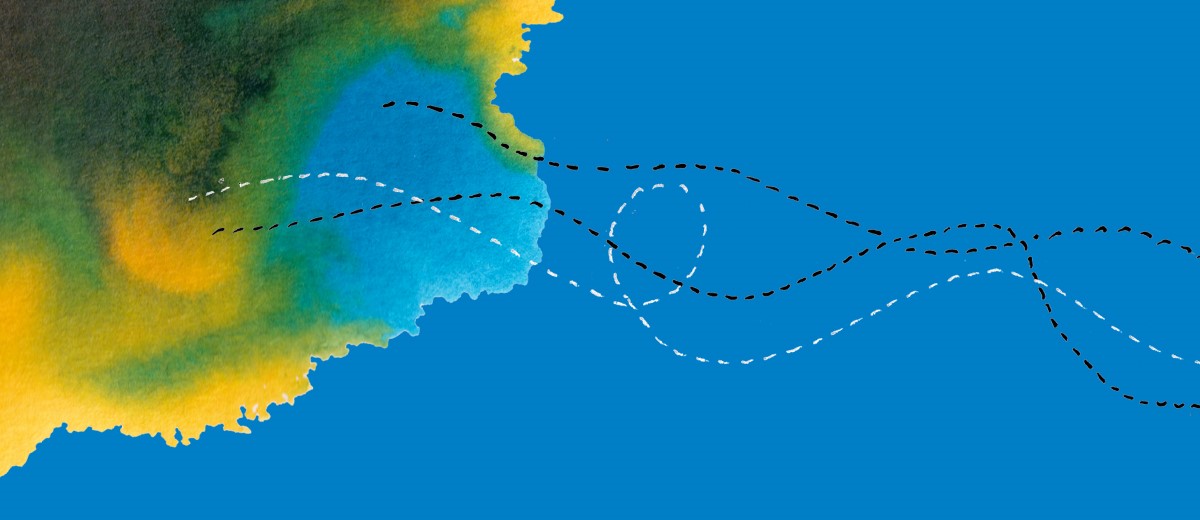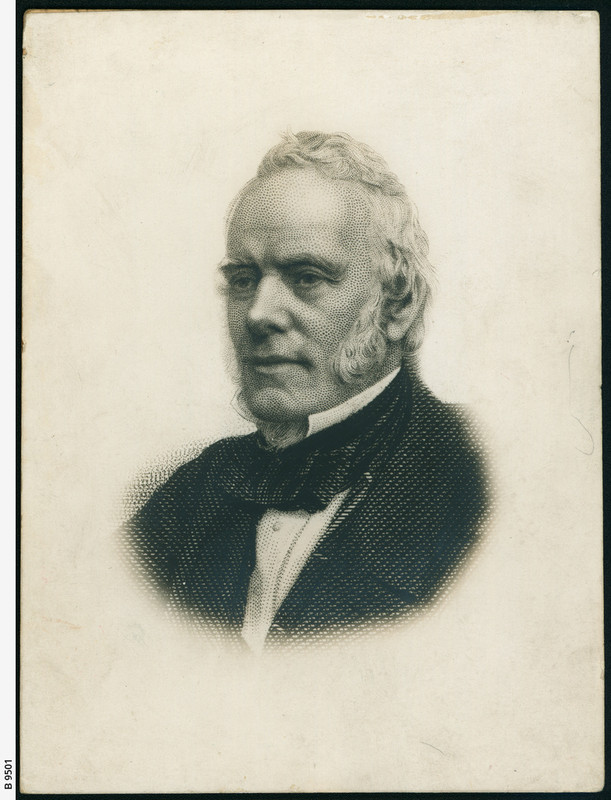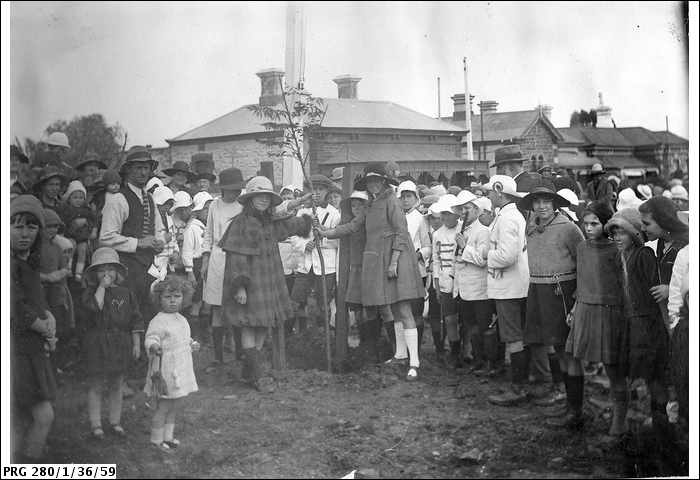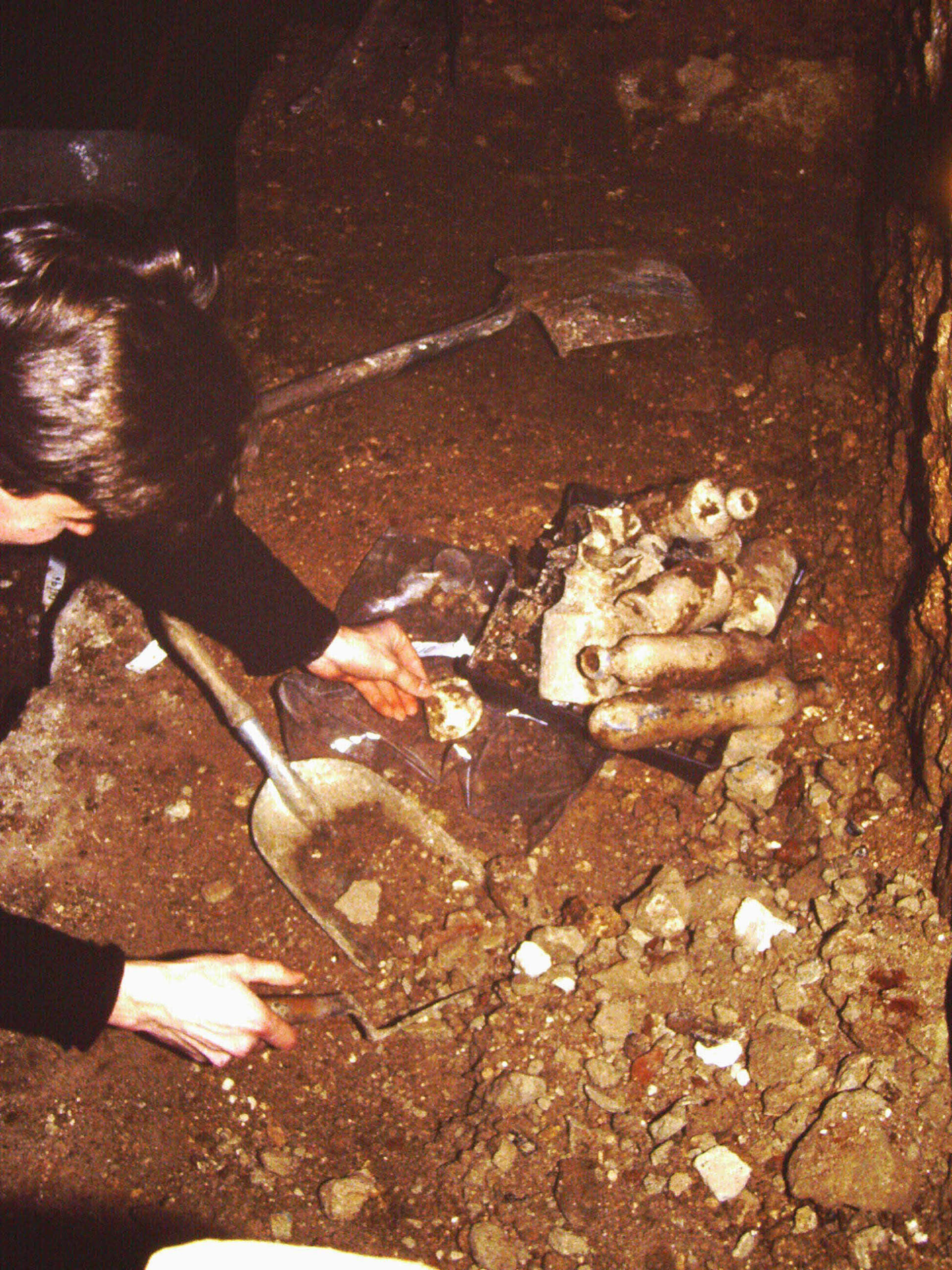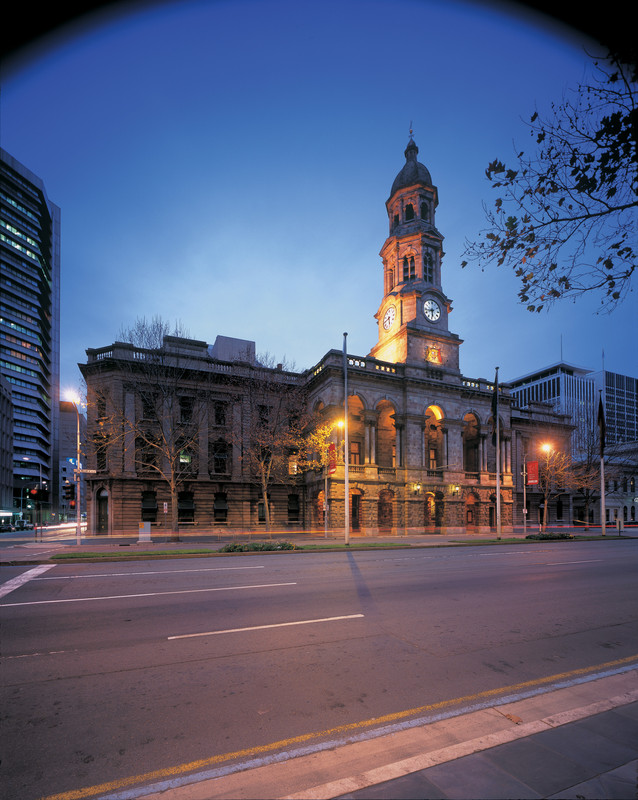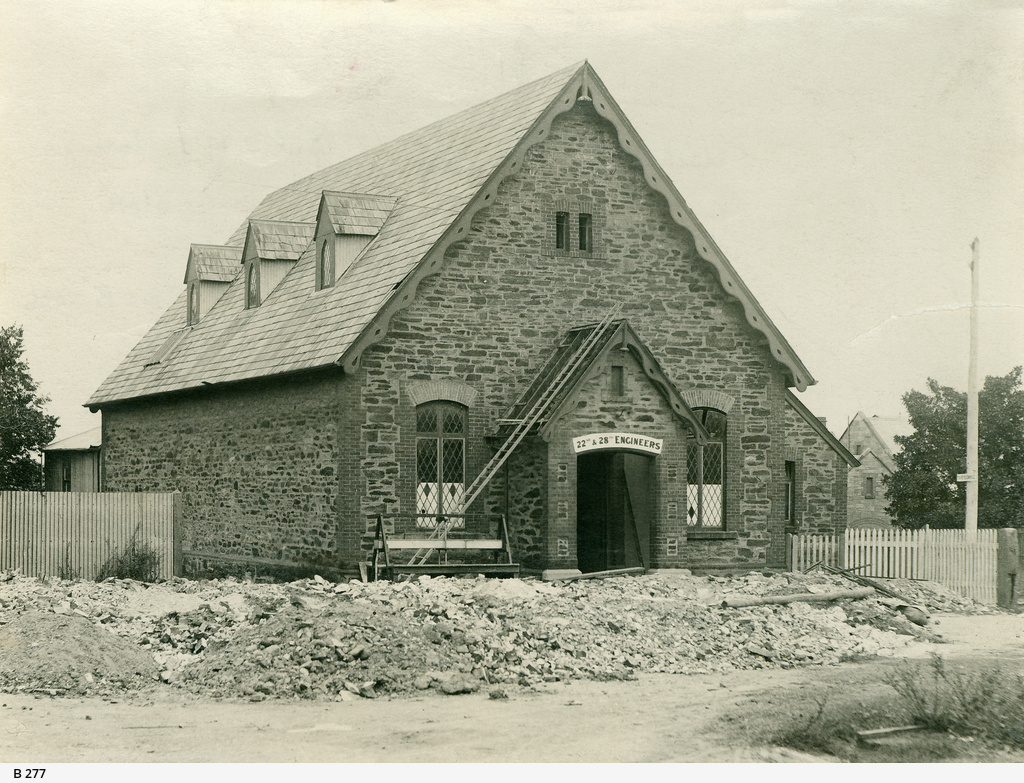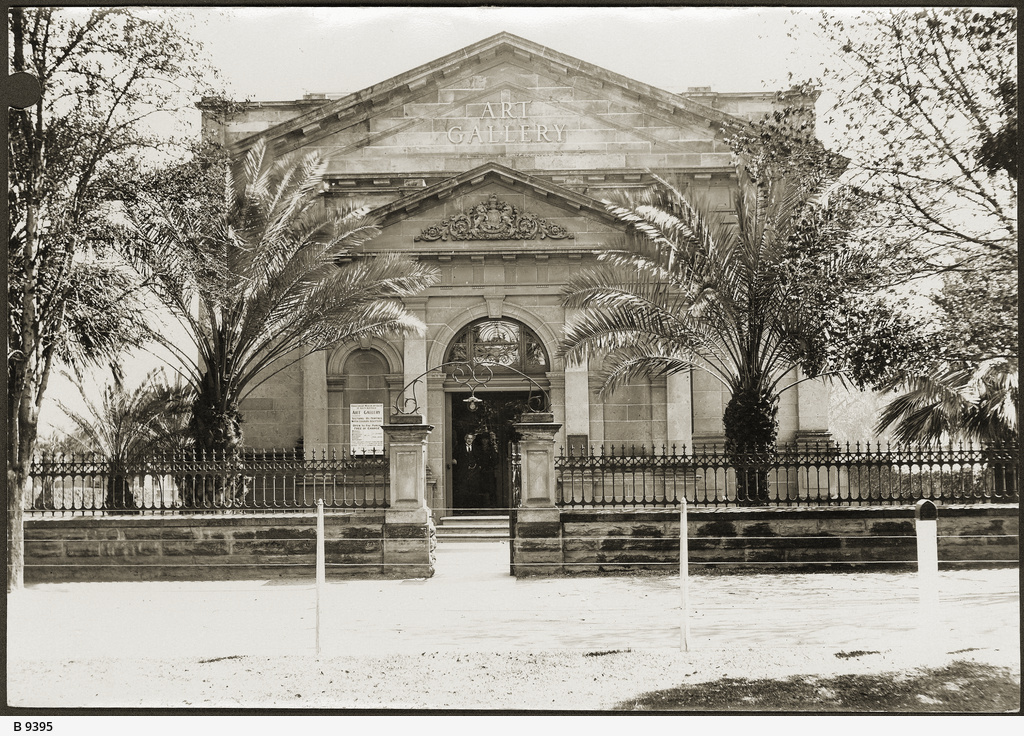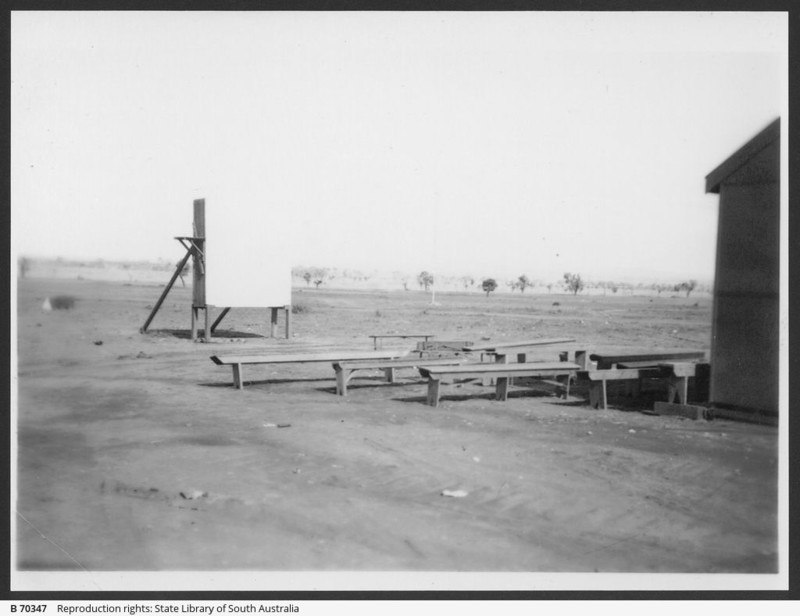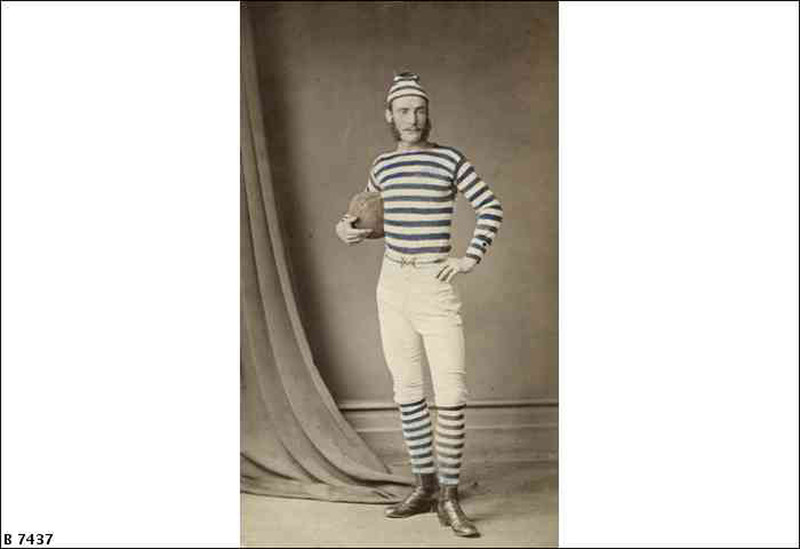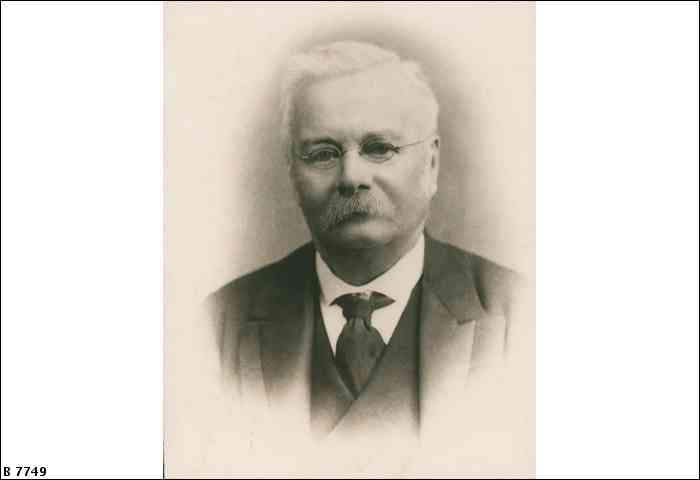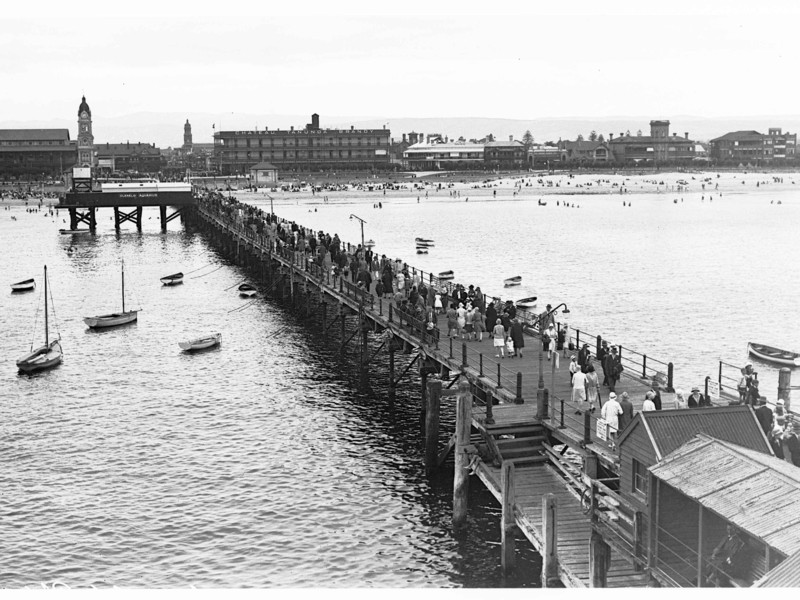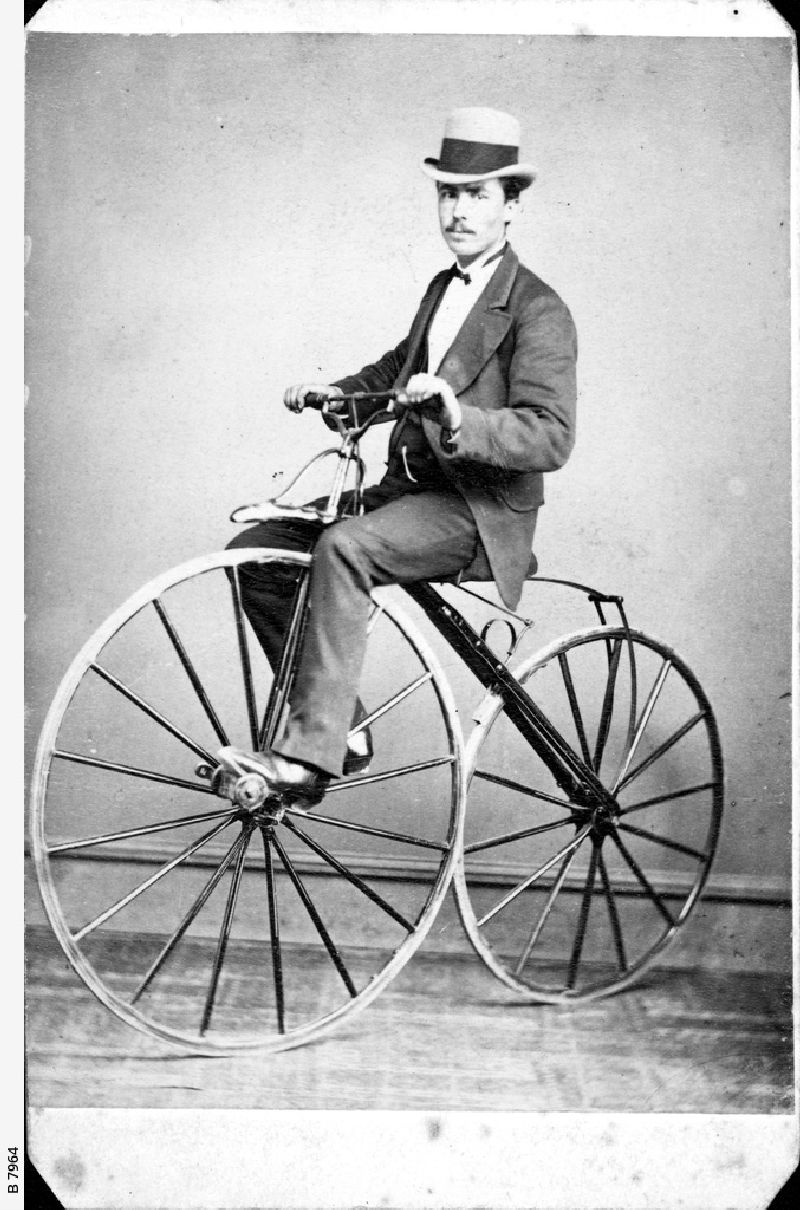-
‘Great Fires’ of Port Adelaide
Port Adelaide has been ravaged by fire several times in its history, but three blazes in particular, in 1847, 1857 and…
-
19th Century Childbirth
When men and women married in the 1830s they generally assumed that children would follow promptly and regularly.
-
Aboriginal Land Rights
The 1834 British statute authorising the establishment of the colony of South Australia described the region as ‘waste and unoccupied’,…
-
Aboriginal Languages of South Australia
More than 50 Aboriginal groups occupied what became known as South Australia in 1836, each having a distinctive language and defined…
-
Aboriginal Missions
Christianity was first introduced to the Kaurna of the Adelaide plains by two German Lutheran missionaries, Clamor Schürmann and Christian…
-
Aboriginal Policy and Administration
South Australia’s Foundation Act, passed by the British parliament in 1834, made no reference to the Aboriginal peoples who owned…
-
Aboriginal Ration Depots
The distribution of government rations to Aboriginal people, begun in the earliest days of European settlement, continued well into the…
-
Afghans
A transcontinental train, ‘The Ghan’, now commemorates the Afghan cameleers and their beasts who helped to pioneer the Outback
-
Algerians in South Australia
African and Asian Algerians have immigrated to Australia since 1973.
-
Americans in South Australia
The first Americans who arrived in South Australia were whalers and seal hunters.
-
Angas Family
George Fife Angas (1789–1879), described by his biographer Edwin Hodder, who was attracted to Angas’s nonconformist piety, as ‘one of…
-
Arbor Day
School children were encouraged to plant trees in an early sign of environmental consciousness
-
Archaeology
Although originating with scientists and untrained laymen, archaeology has a distinguished record in South Australia.
-
Architecture
The distinctive architectural character of Adelaide and its suburbs has disappeared since 1980 – city high-rise offices and derivative styles…
-
Archives
Archives in South Australia have grown and changed in the years since Professor Henderson’s 1915 report to the South Australian government.
-
Argentinians in South Australia
Argentinian immigration to South Australia began in the 1970s, and may be attributed to the decline of Argentina’s economy and…
-
Armenians in South Australia
The Armenian Cultural Association of South Australia was founded in 1960.
-
Art Galleries
Adelaide’s art galleries contribute to its reputation as a city of the arts. The South Australian Society of Arts, established…
-
Auditor-General
Independent auditing of Government is established in the position of the colonies first auditor general
-
Australia’s Drive in Culture
Drive-ins, once popular across Australia, provided a more family-friendly form of entertainment than the traditional theatre offered.
-
Australian Colonies Government Act
Establishing representative government was a precursor to the federation of the Australian colonies
-
Australian Rules Football
The structure of local Aussie Rules football competitions has changed over time, just as the game itself has continued to…
-
Austrians in South Australia
The first Austrians to arrive in South Australia were two Jesuit priests, Fathers Aloysius Kranewitter and Maximilian Klinkowstroem on December 8,…
-
Bangladeshis in South Australia
The first Bengali immigrants came to South Australia to escape the 1971 civil war between West and East Pakistan.
-
Barr Smith Family
Robert Barr Smith (1824–1915), the son of a Scottish clergyman and his wife Marjory, née Barr, migrated to Melbourne in…
-
Belarusians in South Australia
The first significant wave of Belarusians arrived in South Australia as Displaced Persons (DPs) when Belarus anti-communist fighters, members of…
-
Belgians in South Australia
The first known Belgians arrived in South Australia after the Second World War as Displaced Persons (DPs) from refugee camps…



